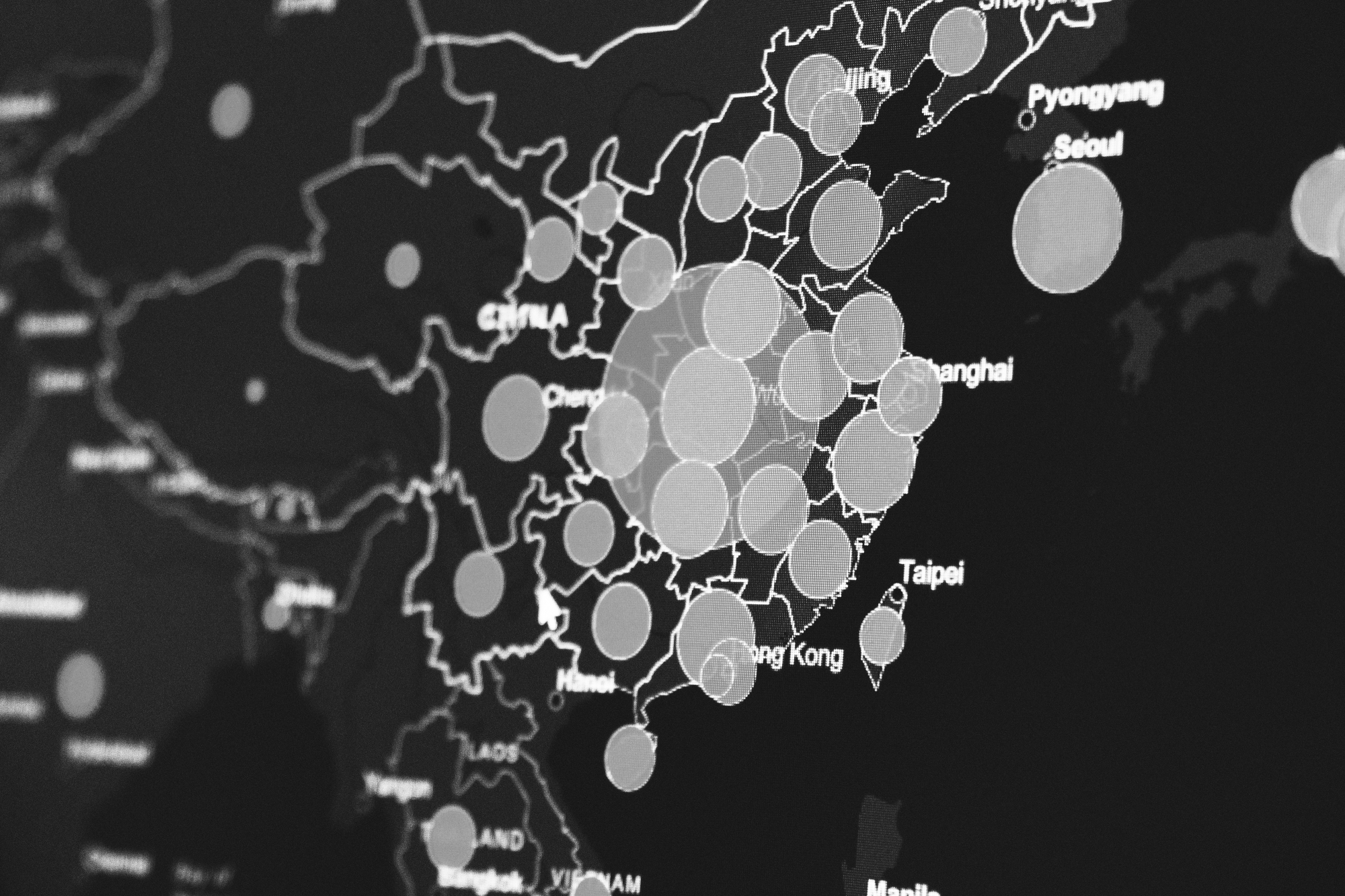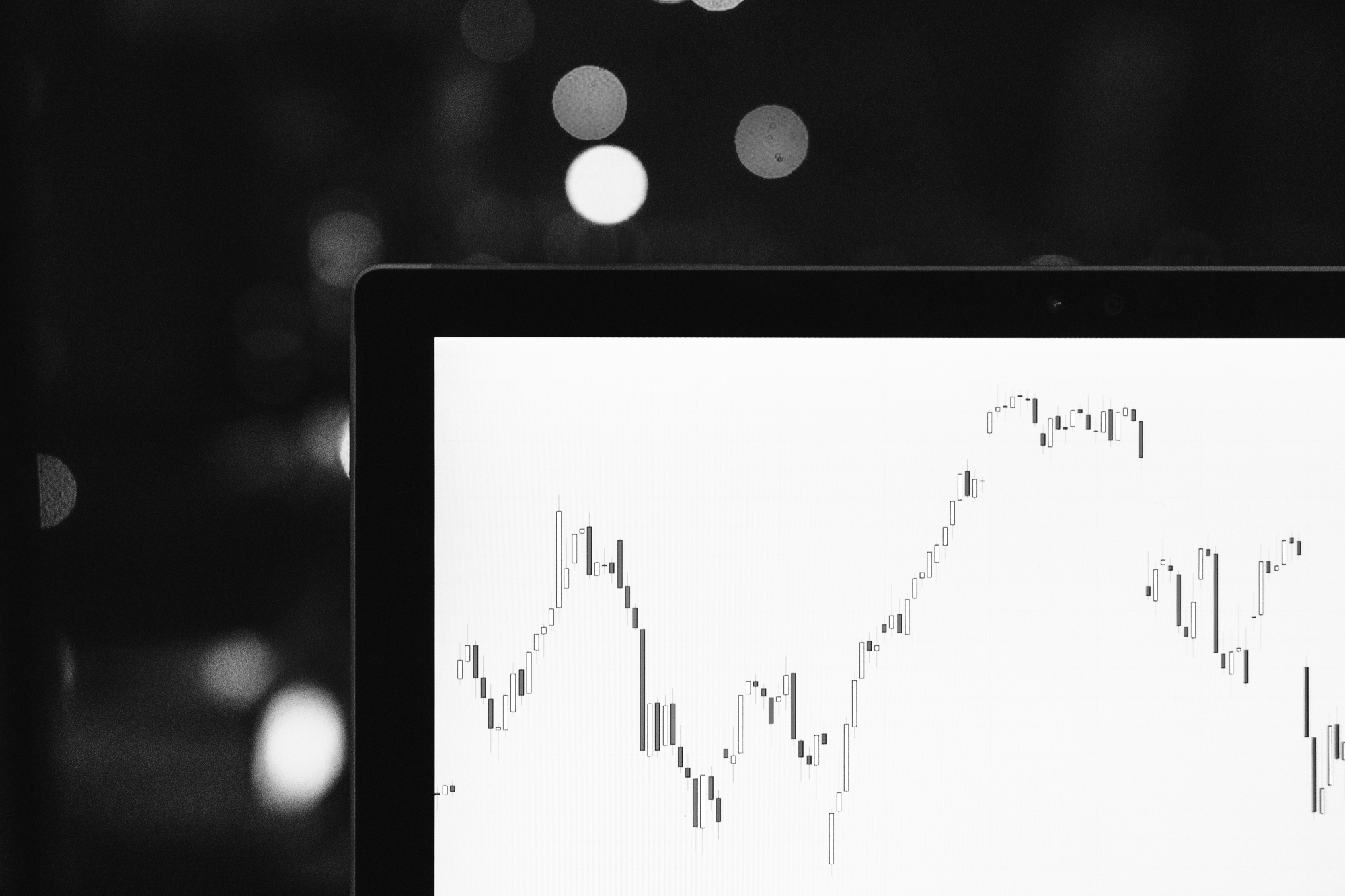Since the outbreak of COVID-19, there’s been major disruption in Google’s search results. From mid-March to early April, SERP fluctuation tools in the US detected volatility over a period of more than 16 days – an unusually extended period.
At this stage, we can only speculate about the cause. We can’t know for sure if this volatility is caused by deliberate algorithm adjustments, user behaviour, or by the actions of websites adjusting to new user trends (real or perceived). These things are, of course, deeply interwoven and it’s not likely that Google will be able to provide a straight answer.
Is it a deliberate algorithm update?
Yes, but only in part. As some of the most significant updates from the last few years have shown, Google is focused on scrutinising websites within the health sector. These sites must prove themselves as trustworthy, highly authoritative resources in order to gain strong visibility.
Given the current circumstances, it’s understandable that this scrutiny might have increased. With more people searching for health-related queries, the Your Money or Your Life (YMYL) algorithm may be tightening controls on misinformation and striving to display sites with only the highest possible levels of E-A-T (Expertise, Authoritativeness, Trustworthiness).
The results of this have sometimes been surprising, with established health sites such as WebMD slipping from page one. Wikipedia too has been affected, possibly because of the room for error that comes from the public-supplied nature of its information.
How might changes to business sites have impacted SERPs?
Many businesses are having to fundamentally change the purpose of their sites. From eCommerce sites removing check-out options, to those scrambling to become transactional, and almost everyone, it seems, competing to create editorial content to supplement lost services. As Peter Meyers, marketing scientist at Moz, notes: “We’re seeing massive changes to sites that trigger index changes and ranking changes.”
The algorithm’s understanding of the intent behind commerce queries is not likely to radically change to favour information over products. So, when sites break the mould of their service or product offering, their traffic and visibility will likely suffer. It’s these changes that are likely to have the most significant role in triggering SERP volatility.
What will happen next?
Fortunately, if consumption of services and products returns to normal post-COVID-19 then many SERPs and sectors should settle. However, if the pandemic results in long-lasting changes in product production, supply, or demand, then we may see SERP fluctuations continue.
It also remains to be seen how the YMYL algorithm will be affected. If controls over health SERPs have been stepped up, will they be relaxed again, or should they remain hyper-vigilant? Can the algorithm relax this intensified scrutiny, and indeed, should it?




